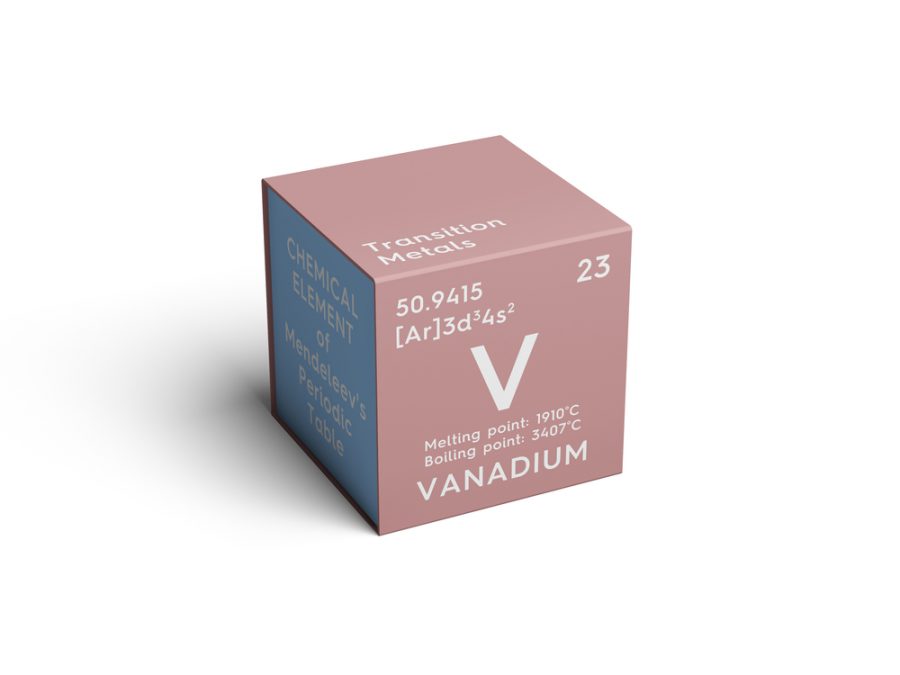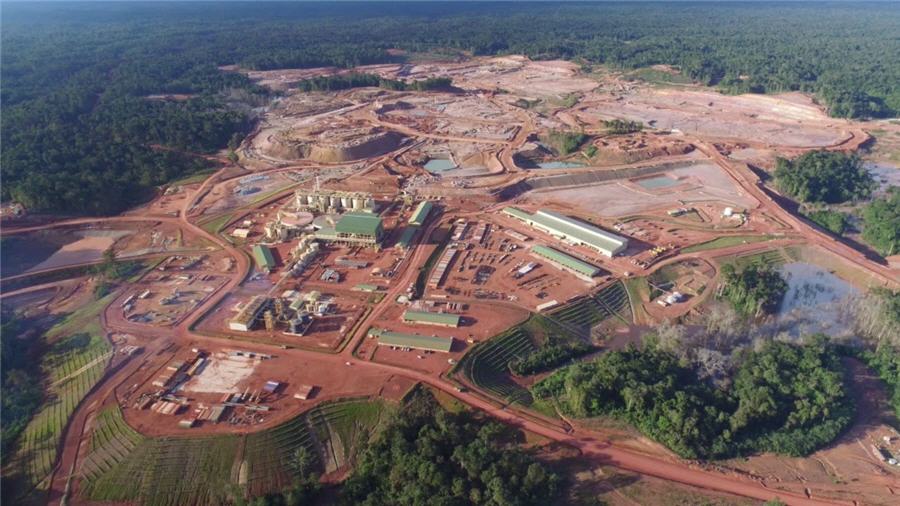Vanadium: the energy storage metal

Solar use is growing at exponential rates, and countries like the U.K., France, and India are planning to ban gas-powered vehicles in the coming years. Even the world’s largest auto market in China is under duress from mounting pollution, and the country has ambitious plans to build up world-class renewable capacity while ditching gas-powered vehicles.
THE ENERGY STORAGE QUESTION
As the world shifts to renewables, one question remains up in the air: how will we store all this energy?
Today’s infographic comes to us from VanadiumCorp and it highlights vanadium redox flow batteries (VRFBs) – which are a breakthrough that some experts say may be the future of grid-scale energy storage.
As a result, VRFBs can be used in a variety of energy storage applications such as peak-shaving, load leveling, microgrids, wind and solar, off-grid power supplies, and uninterruptible power supplies.
VANADIUM OUTLOOK
VRFBs are getting more attention from utilities companies, and large battery projects have already been announced.
The most notable vanadium-flow battery is probably a 200 MW system being built on the Dalian peninsula in China, which will serve 7 million residents. Costing $500 million, it’ll be used to peak-shave approximately 8% of Dalian’s expected load by 2020. This battery system will be the world’s largest, and it will single-handedly triple China’s grid-connected battery storage capacity.
According to Chinese firm Azure International, the market projection for VRFB demand (by MW) in the top 10 countries is growing at an 80% CAGR from 2013 to 2020, ultimately culminating in more than 7,000 MW of vanadium-flow capacity needed in 2020.
This demand could be even more substantial than that if the price of vanadium electrolyte could be reduced – it makes up about 30-50% of the cost of each battery alone.
Story by Jeff Desjardins
Interested in more content on the green revolution?
Help VC make the first Visual Capitalist book a reality on Kickstarter.
More News
{{ commodity.name }}
{{ post.title }}
{{ post.date }}


Comments